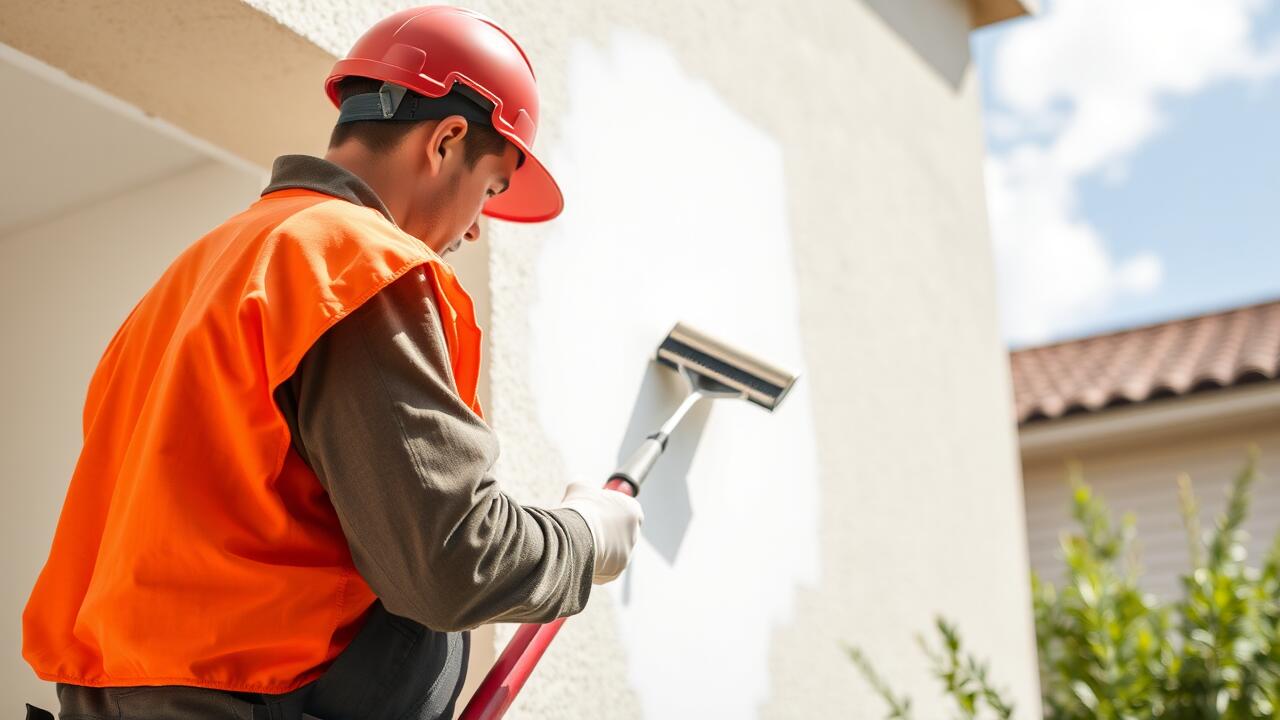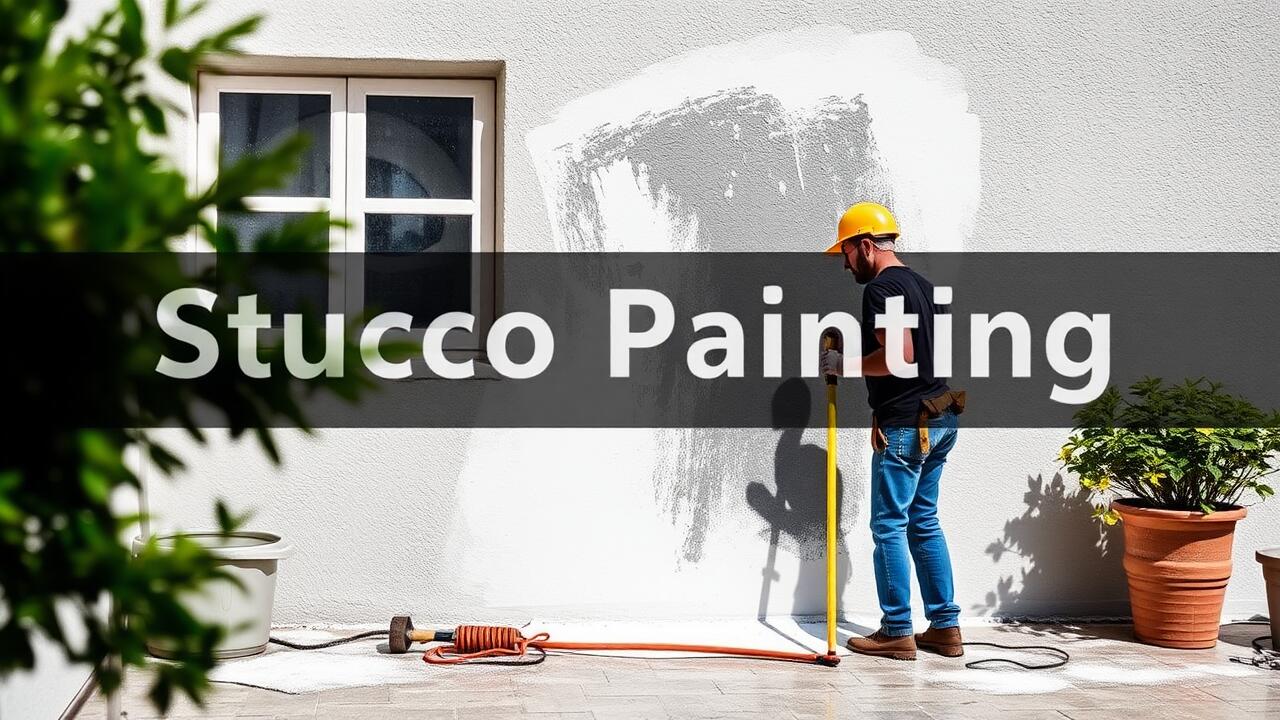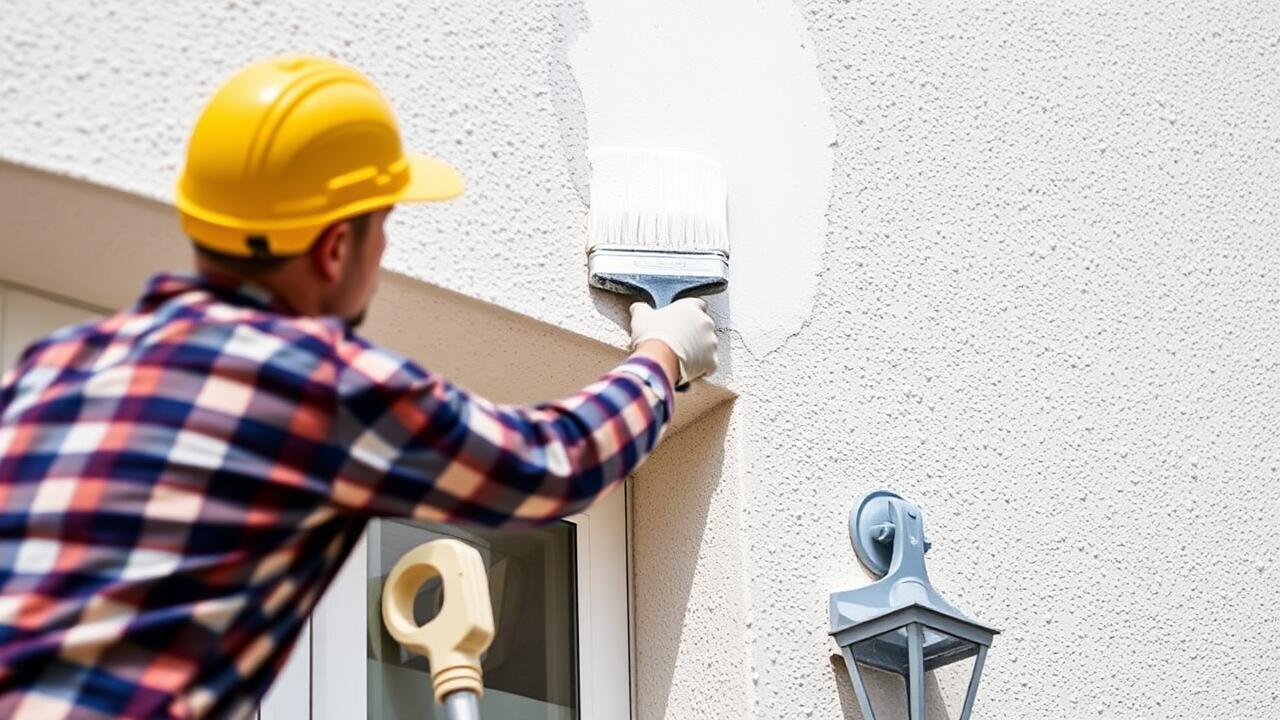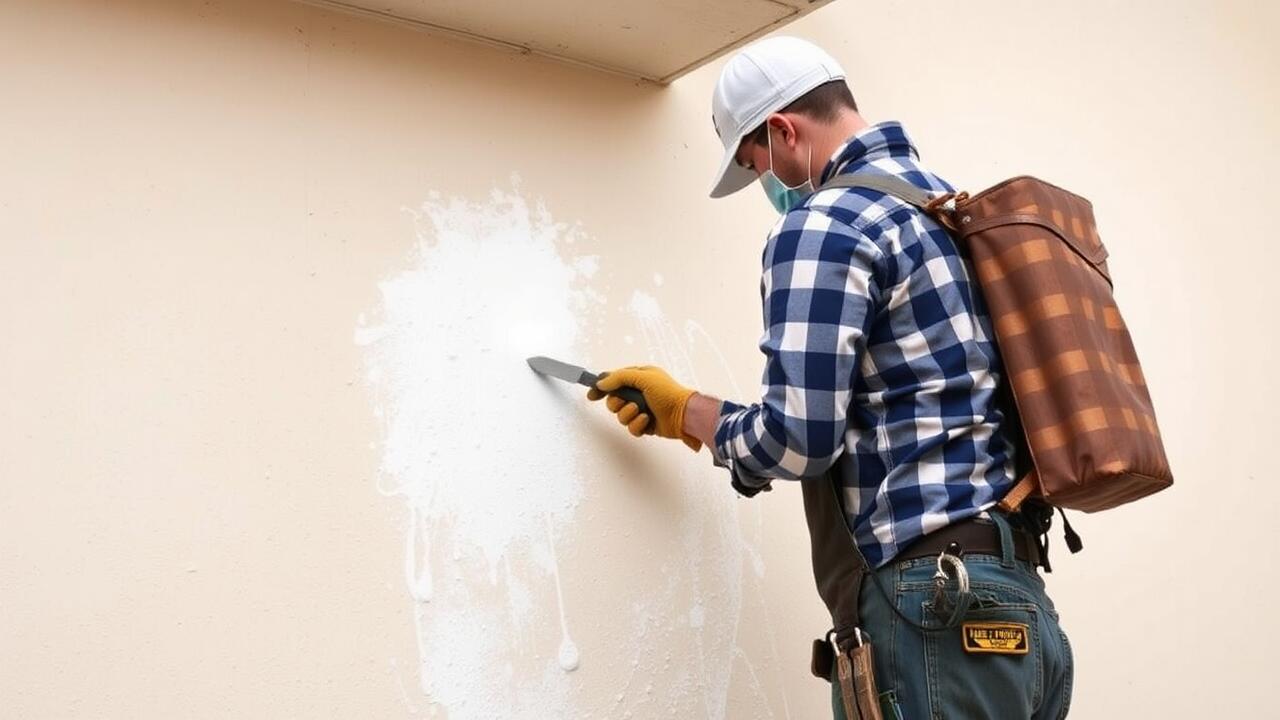
Techniques for Applying Primer Evenly
Achieving an even primer application on stucco requires careful technique and preparation. Start by cleaning the surface thoroughly to remove dirt, dust, and mildew. This ensures better adhesion of the primer. Using a high-quality primer designed for porous surfaces helps prevent uneven absorption. Focusing on consistent application pressure while working in sections reduces the chances of streaks or patches.
When applying primer, it's beneficial to use a combination of tools, such as brushes and rollers. A brush can help to reach into crevices and textured areas, while a roller efficiently covers larger flat surfaces. For optimal results, begin with the brush to cut in around edges and then follow up with a roller to maintain an even coat. These techniques are essential for any project, including those related to Stucco Painting Los Angeles, as they contribute to a professional finish.
Best Practices for Smooth and Consistent Coverage
Achieving smooth and consistent coverage when applying primer on stucco surfaces requires careful attention to technique. Begin by preparing the surface adequately. Clean it thoroughly to remove any dust or debris that could hinder adhesion. Ensure that the stucco is dry before application. Once prepared, use a high-quality primer that is designed specifically for textured surfaces. This choice helps achieve a more even finish.
When working with the primer, it's essential to apply it in even, overlapping strokes. This method allows for better distribution of the product and reduces the chances of visible brush marks or streaks. For those involved in Stucco Painting Los Angeles, using a consistent application technique will ensure professional-looking results. Pay attention to the amount of product loaded on the brush or roller; too much can lead to drips, while too little can create uneven areas.
Applying Primer with a Brush
When applying primer with a brush on stucco surfaces, choosing the right type of brush is crucial. A high-quality synthetic bristle brush works well to reach contours and textured surfaces commonly found in stucco. Load the brush with primer uniformly to avoid visible brush strokes and work in manageable sections to ensure even coverage. Begin at a corner or edge, using a stippling motion to press the primer into the rough texture of the stucco. This technique not only helps the primer penetrate better but also enhances adhesion for subsequent paint layers.
Timing is essential when brushing primer onto stucco. Ensure that the first coat has ample time to dry before applying a second coat. This practice prevents issues such as peeling and uneven texture, which could be detrimental to the final appearance. For best results in a project like Stucco Painting Los Angeles, consider working during optimal weather conditions, avoiding excessively hot or humid days. Consistency in application and attention to detail will lead to a more polished finish and a longer-lasting paint job.
Tips for Effective Brush Application on Stucco
For effective brush application on stucco, it's crucial to choose the right brush. A high-quality, tapered brush with stiff bristles works best for reaching the textured surfaces of stucco. This allows for better control and ensures that the primer penetrates the nooks and crannies of the material. Start with a small amount of primer on the brush to avoid overloading, which can lead to drips and uneven application. Working in sections helps maintain a wet edge, promoting a seamless finish.
Technique plays a significant role in achieving a smooth application. Use long, even strokes to distribute the primer evenly across the surface. Dabbing the bristles into the textures can help push the primer deeper into the stucco. In regions where application requires more attention, such as corners and edges, you can switch to a smaller brush for precision. These tips can make a difference for anyone tackling a project, especially in areas like Stucco Painting Los Angeles, where the local climate and aesthetics demand high quality.
Using a Roller for Primer Application
When applying primer to stucco, using a roller can significantly expedite the process, especially for larger surfaces. Rollers allow for even distribution of the primer while covering more area in less time. This can be particularly beneficial for homeowners or contractors involved in projects like Stucco Painting Los Angeles, where efficiency and time management are key. Choosing the right roller nap length is crucial, as a longer nap can help to fill in the texture of stucco more effectively.
In addition to speed, using a roller can also provide a smooth finish that enhances the overall appearance of the painted surface. Proper technique is essential when rolling primer onto stucco. Applying consistent pressure and using a back-and-forth motion can help minimize roller marks and promote an even application. This method not only improves the primer coat but also sets the stage for successful topcoats, which is vital for achieving a polished look in any Stucco Painting Los Angeles project.
Advantages of Roller Techniques for Large Areas
Using a roller for primer application on stucco surfaces is an efficient method, particularly for large areas. Rollers cover more ground quickly compared to brushes, allowing for a faster workflow. This technique helps to minimize the amount of time spent on the project, making it ideal for extensive stucco surfaces typically seen in residential and commercial buildings.
Additionally, rollers provide a uniform layer of primer that promotes better adhesion for the topcoat. The texture of the roller nap can help push the primer into the uneven surfaces of stucco, which is essential for effective coverage. For anyone considering stucco painting in Los Angeles, employing a roller can significantly enhance the quality of the finish while reducing the labor involved.
FAQS
What is the best type of primer to use on stucco?
The best type of primer for stucco is an acrylic-based or elastomeric primer, as these provide good adhesion and flexibility, accommodating the natural movement of the stucco surface.
How do I ensure an even application of primer on stucco?
To ensure an even application of primer on stucco, use a consistent technique such as overlapping strokes, maintaining a wet edge, and applying multiple thin coats instead of one thick layer.
Can I apply primer over dirty or dusty stucco?
It is essential to clean the stucco surface before applying primer. Remove any dirt, dust, or loose particles to ensure proper adhesion and prevent peeling or flaking.
What tools are recommended for applying primer on stucco?
Recommended tools for applying primer on stucco include a high-quality brush, a roller with an appropriate nap length, and possibly a sprayer for larger areas to achieve a uniform coat.
How long should I wait before painting over the primer on stucco?
Typically, you should wait at least 24 hours for the primer to dry before applying paint. However, always check the manufacturer's instructions for specific drying times based on temperature and humidity conditions.


